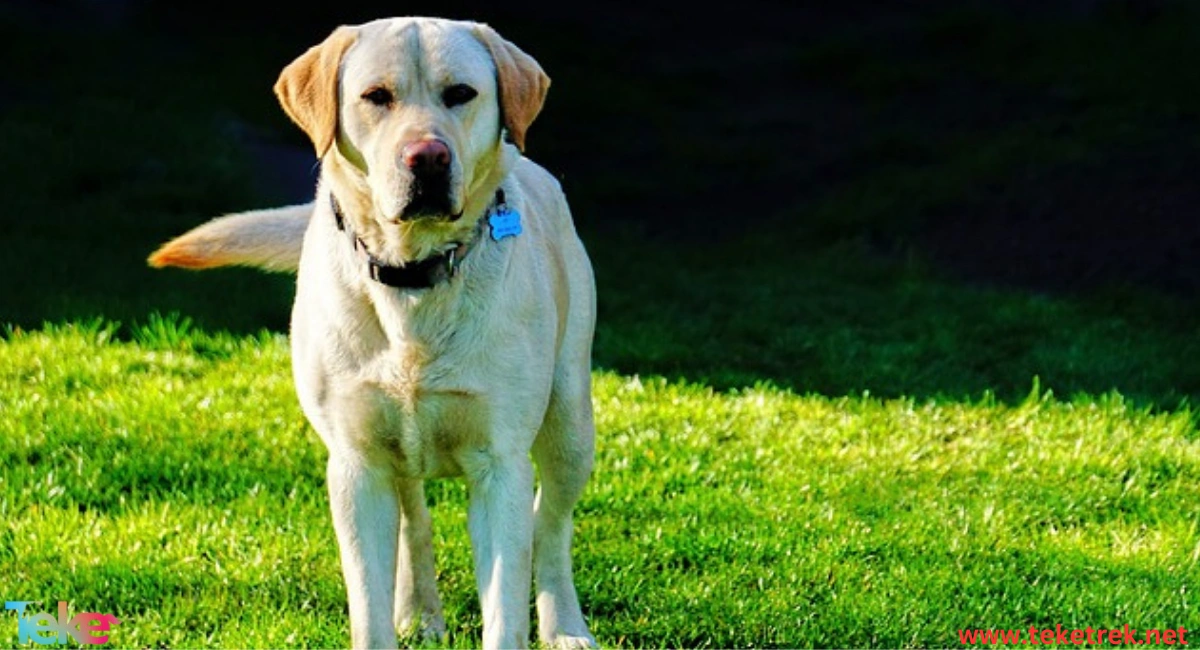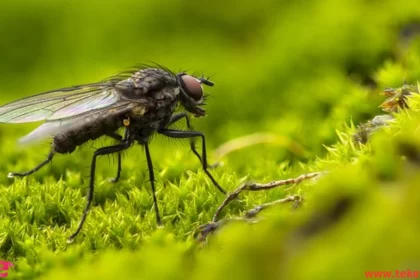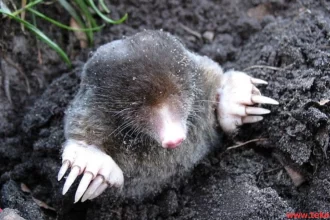The origin of the Labrador Retriever dog can be traced back to Newfoundland in Canada, where it was used by fishermen due to its great swimming ability
Let’s learn more about it from teketrek.
Facts about the Labrador Retriever Dog:
Labrador dogs are characterized by their strong build and cute appearance, as well as their ability to withstand harsh conditions.
The Labrador Retriever is considered a favorite family dog in America, Canada, and the United Kingdom.
Labrador dogs are known for their intelligence and trainability.
The growth rate of this type of Labrador dog is slow, and they may bark annoyingly if they feel lonely.
Labrador dogs have an oily coat that repels water, making them ideal for swimming and other water activities.
Labrador dogs are extremely active and high-energy, so they need daily exercise such as long walks and running.
Labrador dogs are known for their non-aggressive behavior; they can hold their mouth shut without biting.
They are famous for hunting where they retrieve live prey and keep it edible.
Labrador dogs lack guarding instincts; when faced with danger, they may not react appropriately.

The Labrador Retriever specification
Size: is distinguished by its large size.
Weight: with a weight ranging from 36 kg to 45 kg.
The height: The height of male Labrador dogs ranges from 57 cm to 62 cm, while females range from 54 cm to 60 cm.
Fur: The Labrador Retriever has short but very thick, weather-resistant fur that is resistant to cold, water, and other weather conditions.
Color: The most common color for a Labrador Retriever is black, but other colors such as white, yellow, and brown are also present.
Head:The Labrador Retriever has a large head, short ears that hang down and are triangular in shape, and brown eyes.
Feet: The Labrador Retriever has webbed feet similar to duck feet to help with swimming.
Chest: The muscles of the Labrador Retriever are clearly visible in its chest, indicating its physical strength.
Nose:The Labrador Retriever has a strong nose that can be used for various criminal purposes.
Types of Labrador dogs
Golden Retriever: This type of dog has a broad head and a golden or yellow fur coat, known for being very friendly, affectionate, and gentle.
Flat-Coated Retriever: This type of dog has a black fur coat and is known as the gamekeeper’s dog, reaching full maturity at around 5 years old.
Curly-Coated Retriever: This dog descends from two different breeds and is characterized by its curly, water-resistant coat.
Nova Scotia Duck Tolling Retriever: This type of dog has a thick layer of red and copper fur, with quick and curious movements for hunting waterfowl, known for its foxlike hunting style.
What is the Labrador dog’s diet
It is very important to pay close attention to the Labrador dog’s diet to ensure it is suitable for its age. Some favorite and beneficial foods include:
Carrots, berries, eggs, pumpkin, and broccoli for eye health.
Fish oil and flaxseeds for their omega fatty acids content.
Beans, peas, liver, and meat for their vitamin B content.
It is important to avoid many foods that can cause significant harm to them, such as chocolate, onions, garlic, alcohol, and spoiled foods.
How many meals should be fed to Labrador dogs
These meals should be divided into several periods
A Labrador puppy aged 2-4 months needs 4 meals a day.
A Labrador puppy aged 4-12 months needs 3 meals a day.
Once a Labrador dog reaches one year of age, they should consume between two to two and a half cups of dry food, divided into two separate meals.
What are the most common diseases that affect Labrador dogs
Skin problems: Allergies can lead to skin inflammation and other skin issues like fungal or bacterial infections.
Obesity: Obesity can lead to various health problems such as cancer, diabetes, and high blood pressure.
Hip dysplasia: Abnormalities in the hip joints can cause hip rubbing.
Eye diseases: Progressive retinal atrophy can lead to blindness.
Key tips for maintaining the health of Labrador dogs
Regular and consistent exercise is essential for their well-being.
Routine veterinary check-ups are essential for keeping track of their health.
Using playtime as rewards rather than food treats is beneficial for their mental stimulation.
Reproduction stages in Labrador dogs
During pregnancy, female Labrador dogs gain three times their weight and require a larger quantity of food.
In the early stages of pregnancy, the uterus stretches and contracts causing severe pain for the female.
In the second stage, the placental sac ruptures, and the small puppies start coming out every half hour; the mother licks and cleans them.
In the third and final stage, all puppies are born from the uterus, and the uterus is cleaned while expelling all fluids and blood from the placenta.

FAQs about Labrador dog
Why Labrador is expensive?
Because it is at risk for genetic health problems – which can lead to unexpected vet bills.
What do Labradors love the most?
Three Things Your Lab Loves More Than Anything:
Eating, Swimming, Social outings.
What are fun facts about Labs?
Labradors are well-known for their love of water. Originally, they assisted fishermen by retrieving nets, ropes, and fish from the sea.
?Which Color Labrador is Most expensive
Black puppy.
Do Labradors like kisses?
Kisses and hugs might make dogs feel more stressed than loved.
Are Labradors smarter than Golden Retrievers?
There are some differences in their intelligence levels, with Golden Retrievers ranked as the fourth most intelligent breed, while Labrador Retrievers are ranked seventh..
In conclusion: The Labrador dog is one of the most popular and friendly breeds.
It is not only a loyal friend but also an integral part of the family.
With its playful and friendly nature, the Labrador stands out for its unique ability to bring happiness and joy to its owners.
With its wonderful blend of loyalty, intelligence, and obedience, the Labrador becomes an ideal companion for families and a loyal friend to individuals at different ages.
In the end, the Labrador leaves a lasting mark on the hearts of those who know it, and remains appreciated and loved by everyone as a gentle and special dog.
References:





